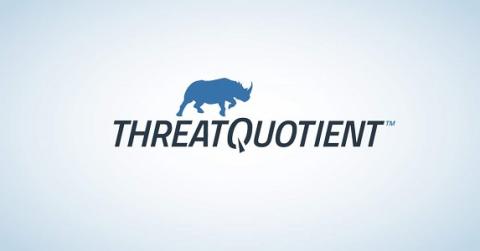The Current State of Intelligent Automation Adoption in Cybersecurity
In the past year, research indicates that nearly a third of organizations have accelerated their plans to automate key security and IR processes, while another 85% plan on automating them in the next 12 months. Despite the positivity of these statistics, many organizations struggle to change to a more automated process. This was highlighted at a recent webinar we held with a panel of senior cybersecurity experts from a multitude of sectors.











